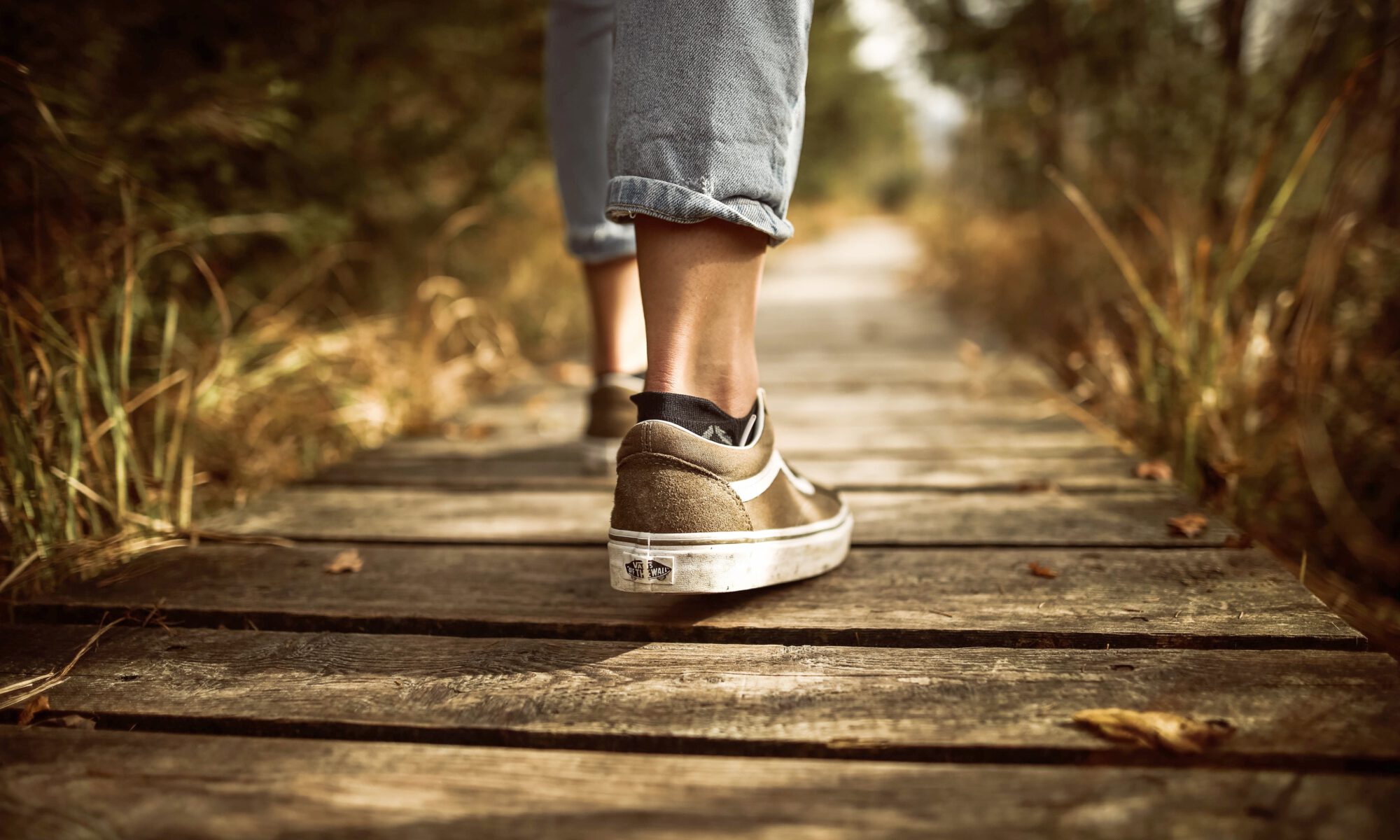Sneakers have become a lifestyle product and it’s hard to imagine our wardrobe without them. They are mostly super comfortable and presentable. More and more brands are focusing on sustainable sneakers. What is behind it and what does it actually depend on?
Do you know what your sneakers are made of? Where they were produced and by whom? Do you think about the right care and what you do with them when you don’t like them anymore or they are broken? Let’s take a closer look…
What are sustainable sneakers made of?
The majority of sneakers today are made of leather and plastic. A bit of a dilemma. Leather shoes are not vegan and plastic shoes, not of natural origin. That there is another way is shown by many up-and-coming brands who have made it their goal to create alternatives.
A sustainable sneaker from my point of view consists of natural materials, is vegan and completely biodegradable. Shoes made of pineapple leather, grape leather, corn leather, cactus leather, bamboo, banana paper, elephant ear plant, organic cotton, cork, natural rubber, linen and rice husks exist and are good alternatives.
Unfortunately, only about 4% of sneakers are completely biodegradable. So you have to look carefully. The upper material in particular accounts for most of the C02 emissions. Therefore, you can pay particular attention to the sustainability of the upper material.
Also classified as sustainable are sneakers that use recycled rubber or polyester (e.g. PET plastic bottles), (recycled) wool or use surplus material and upcycle it.
Why does it make sense to consciously choose alternatives?
The problems with leather shoes are the mass breeding/killing of animals, the massive emission of methan from these, as well as the use of tanning agents, which, like chromium, can be carcinogenic. Both during production and at the end of the life cycle in landfills, toxins are released into the soil and water. This is neither good for people nor for the environment.
Sneakers made of plastic end up in landfills at the end of their life cycle and are incinerated. In addition to C02, this produces toxins. The adhesives used also play a role.
The production of a conventional sneaker produces about 14 kg of CO2 emissions. They take about 40 years to decompose. An analysis showed that most eco sneakers use recycled plastic and only save a little emissions (to the study). If you look for sustainable materials that are biodegradable and vegan, you are close.
Who made my sneakers?
Another reason to take a closer look is the circumstances under which the shoes are made. “Especially in Asia, it’s women who do home-based work in their own homes for a monetary income while taking care of their children and other relatives or working in agriculture.” Around 87% of shoes are produced in Asia. This is often accompanied by the absence of contracts, social safeguards, employment guarantees. Child labour is also often associated with the production of sneakers.
“For example, the women workers who produce a shoe around 120 euros in Indonesia get the smallest share, 2.5 euros, just over two percent of the retail price, while the manufacturer and the retailer get most of the profit.”
The wages the women get are not enough to live on. There are manufacturers who are committed to fair wages and ensure good working conditions. The Fair Trade label can help to find these producers. It is worthwhile to think about this.
Where were my sneakers made?
Besides the working conditions, we can ask ourselves whether long CO2-intensive transport routes from China, South America are really necessary, or whether there is another way, e.g. here in Europe, especially in Italy, Portugal and Turkey. However, transport only accounts for a small share of CO2 emissions.
We like labels that are transparent about their suppliers and factories and visit them regularly. Does your sneaker dealer do that too?
Seals as a guide
Labels like GOTS, PeTA vegan approved, Global Recycling Standard and Fair Trade can be your guide. But remember, not every label has the resources to afford certification.
How do I care for sneakers?
Plastic sneakers can be washed by hand or in the washing machine. It is best to wash them in a net or pillow without a sole, at 30 degrees on the delicate cycle/ easy-care without fabric softener. Very important – dry well afterwards.
If you have leather shoes, it helps if you brush them regularly, clean them with a damp cloth or use leather care products so that you can enjoy them for a long time. Waterproofing can also help to prolong the life of your shoes. There are now many suppliers of care sets on the market – just for sneakers.
If you don’t feel like cleaning them yourself, you can use services like Solefreh or Sneaker Rescue. They also help, when repairs are needed.
What happens to my discarded shoes?
Basically, it makes sense to think about how long you want to wear the shoes when you buy them. The most sustainable alternative is still to own a few shoes. Think about who could still wear the shoes if you don’t like them anymore. You can also try to sell them on ebay or at a flea market. After all, you can still make some money with them and the resources will be used longer.
Sneakers that end up in the rubbish bins are incinerated. That produces a lot of CO2 and releases toxins. That’s not where they belong.
Sneakerjagd has tracked sneakers that were given to the old clothes collection by GPS tracking. Whether the shoes really arrive where they are needed, you can read here.
Community
Ask friends and acquaintances who know about sustainability which brands they know and see together how sustainable the shoes are. They can often give you the best insider tips.
If you want to get to grips with the topic even more, you can find a great study here: All Eco Sneaker Do Kill the Planet a little bit slower (McLoughlin, D., 2021)
Sources:
https://runrepeat.com/eco-sneakers-research
https://www.global2000.at/ueberblick-ueber-die-schuhproduktion
https://www.ecocert.com/de-DE/zertifizierung-detail/recycled-textiles-grs
https://www.sneaker-rescue.de/
https://sneakerjagd.letsflip.de/.
Photo by Tobi by Pexels https://www.pexels.com/de-de/foto/person-steht-auf-braunem-weg-631986/


